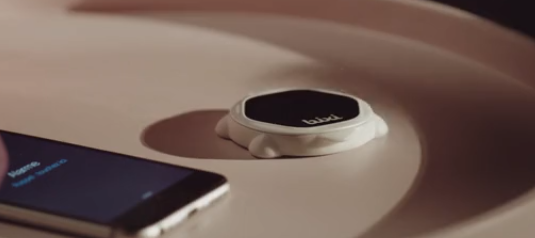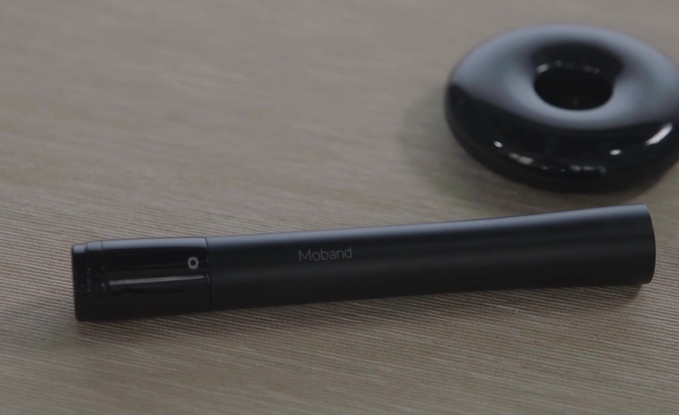 The main problem with controlling music and GPS navigation in one’s car through traditional remote control devices is that it can be a dangerous distraction.
The main problem with controlling music and GPS navigation in one’s car through traditional remote control devices is that it can be a dangerous distraction.
Bixi is a smart home and mobile device that allows users to control connected objects via simple hand gestures. The small smart controller can be placed on top of any surface in the home or car, or mounted just about anywhere as well. Bixi connects via Bluetooth Low Energy to smartphones, tablets and computers. The device is based around next-generation time-of-flight optical sensors, and works well in complete darkness.


 One reason why music programs around the country are cutting back is the cost associated with purchasing equipment. Instruments are expensive
One reason why music programs around the country are cutting back is the cost associated with purchasing equipment. Instruments are expensive